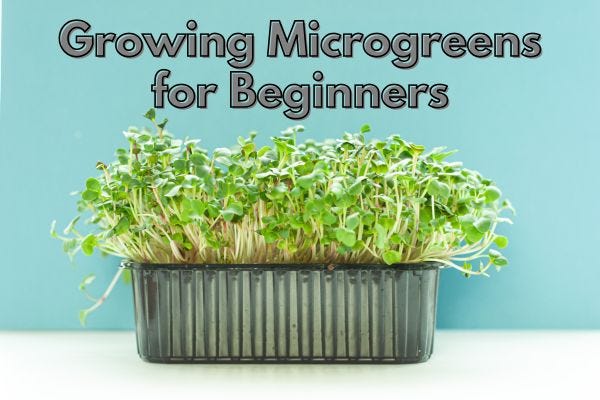Growing Microgreens for Beginners: The Simple Trick to Fresh Greens All Year Long
No garden? No Problem: How to Grow Fresh Microgreens Right on Your Windowsill
Let’s start this by defining what exactly a microgreen is, as different folks have different ideas of what they are.
Microgreens are young, edible seedlings of vegetables and herbs, harvested just after the first leaves (cotyledons) have grown, as well as one or two sets of true leaves. These are not the same as sprouts or baby greens, though they are of…
Keep reading with a 7-day free trial
Subscribe to Weird Plants Gardening Space to keep reading this post and get 7 days of free access to the full post archives.





